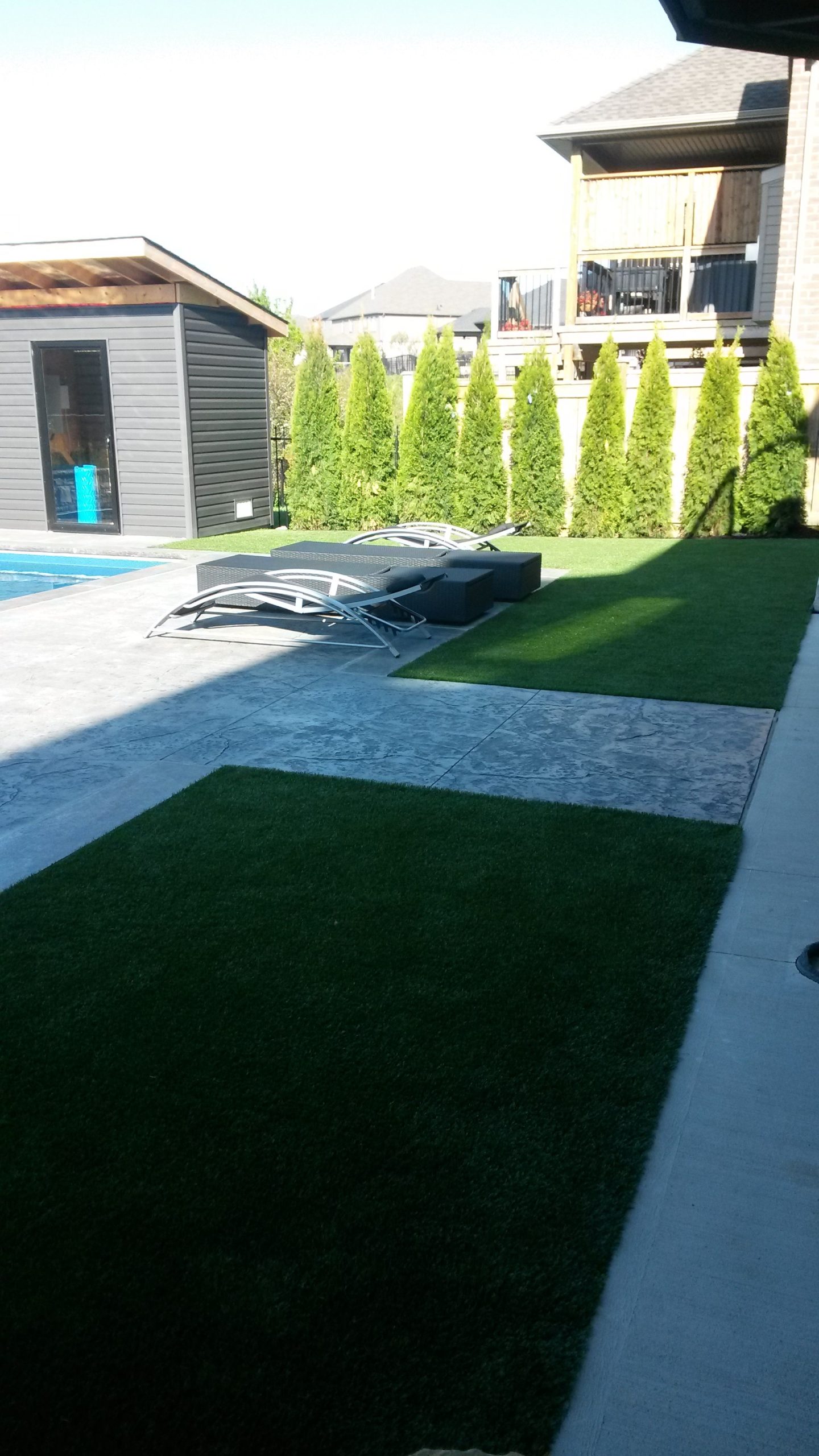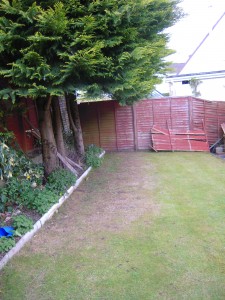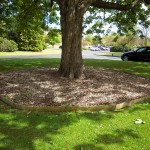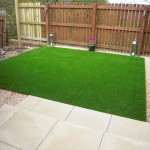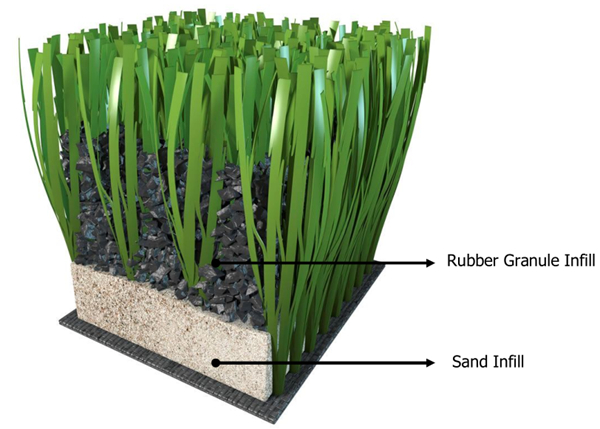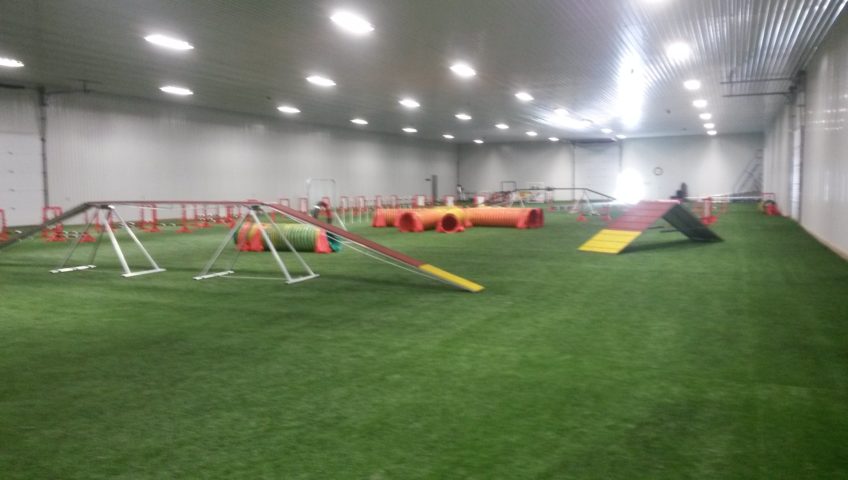
Why has synthetic turf become so popular ?
Natural Turf grass was the fad for many years dating back to the 1960’s as wealthy suburban homeowners used nursery grown grasses for their lawns and backyard gardens. However, in recent years it’s popularity has declined. Artificial turf took its place because the reason was simple. The cost of maintenance was sharply reduced. One no longer had to feed the grass with costly fertilizers, pour thousands of gallons of water and constantly cut and maintain the natural grass. Easy maintenance and low cost were the factors responsible for the rise of synthetic turf.
Q: What is synthetic turf?
The latest generation of synthetic turf is a grass-like surface covering that replicates lush natural grass in appearance and function. When used on athletic fields, it provides a consistent year-round, all-weather playing surface built to withstand extended use without downtime for recovery. As a landscape cover, synthetic turf provides a low maintenance, weed-free surface that doesn’t need to be watered or fertilized.
Q: How is synthetic turf made?
Most synthetic turf systems installed today include a drainage layer, a multi-layered backing system, and resilient “grass” blades that are infilled with a granular filler to resemble natural turf. “Infilled” means that the man-made grass blades are interspersed with a top soil created with sand and/or granulated recycled tire rubber or other infill materials that provide the necessary stability, uniformity, and resiliency. Each blade customarily stands above the infill material. The typical blade length and system characteristics are determined by the specific activity requirements. In some applications, the synthetic turf system includes a pad or elastic layer underneath the turf, often in combination with lower pile height and less infill.
Q: Why has synthetic turf become so popular over the past few years?
Synthetic turf is a smart solution for playing fields and landscape that have become unsafe and unsightly from overuse or severe climatic conditions. A grass field simply cannot remain lush and resilient if it is used more than three to four days a week, or in the rain, or during the months when grass doesn’t grow. This fact, coupled with an escalating need for durable fields that accommodate multiple sports teams and activities, the high cost of maintaining a grass sports field, and the need to conserve water, have prompted a rising number of schools and parks to turn to synthetic turf to meet their program needs. Today’s synthetic turf is designed to simulate the experience of practicing and playing on the best grass fields.
Demand has grown to the point where more than 6,000 multi-use synthetic turf sports fields are now enjoyed in North American schools, colleges, parks and professional sports stadiums. About half of all NFL teams currently play their games on synthetic turf and, since 2003, over 70 FIFA U-17 and U-20 World Cup matches have been played on synthetic turf soccer fields.
Q: How does synthetic turf impact the environment?
Synthetic turf has a measurable, positive impact on the environment. Depending on the region of the country, a typical grass sports field can use between 500,000 to a million gallons of water or more each year. During 2010, between three to six billion gallons of water were conserved through its use. According to the U.S. Environmental Protection Agency (EPA), the average American family of four uses 400 gallons of water a day. Therefore, a savings of three billion to six billion gallons of water equates to the annual water usage of over 20,000 to 40,000 average American families of four.
Tax credits and rebates are being offered to residential and corporate users by an increasing number of local governments in light of the tremendous impact on water conservation. The Southern Nevada Water Authority estimates that every square foot of natural grass replaced saves 55 gallons of water per year. If an average lawn is 1,800 square feet, then Las Vegas homeowners with synthetic turf could save 99,000 gallons of water each year or about $400 annually. In Atlanta, homeowners could save $715 a year, not including much higher sewer charges.
The estimated amount of synthetic turf currently installed has eliminated the need for nearly a billion pounds of harmful pesticides and fertilizers, which has significant health and environmental implications. For example, according to the North Carolina Department of Environment and Natural Resources, polluted stormwater runoff is the number one cause of water pollution in their state, with common examples including over fertilizing lawns and excessive pesticide use.
In addition, synthetic turf helps reduce noxious emissions (the EPA reports that a push mower emits as much pollution in one hour as 11 cars and a riding mower emits as much as 34 cars) and reduces grass clippings, which the EPA states are the third largest component of municipal solid waste in landfills.
Q: Which sports can be played on synthetic turf?
Synthetic turf sports fields for football, soccer, field hockey, baseball, tennis, lacrosse and rugby has traditionally represented the greatest percentage of the synthetic turf market. However, drought conditions and low water in many areas has prompted irrigation restrictions, which has dramatically increased the demand and regulatory incentives for synthetic grass in landscape and golf applications.
Q: Can synthetic turf hold up under heavy use?
Yes, one of the important advantages of synthetic turf is its ability to hold up under very heavy use. While natural turf shouldn’t be played on during or immediately after a rain storm, after the application of pesticides and fertilizers, or during the months when grass doesn’t grow, synthetic turf is always ready for play. Regular maintenance is important to enable synthetic turf to withstand the heavy use that it is often subjected to.
Q: Is synthetic turf safe?
During the past few years, more than 75 independent, credible research and studies from groups such as the U.S. Consumer Product Safety Commission, U.S. Environmental Protection Agency and statewide governmental agencies such as the New York State Department of Environmental Conservation, New York State Department of Health and the California Environmental Protection Agency, have validated the safety of synthetic turf (many of which can be found at www.syntheticturfcouncil.org.) For 40 years, under EPA oversight and OSHA-regulated manufacturing, not one person has ever reported ill effects related to any materials associated with synthetic turf.
Q: Does synthetic turf fade?
Synthetic turf is U.V. stabilized to provide colorfastness, and the warranty includes a guarantee against fading.
Q. Is synthetic grass pet friendly?
Yes. Cleaning up after your pets would be the same as natural grass – simply use a rake, scooper, and water to clean. Always Greener also offers and highly recommends a quarterly or semiannual cleaning and maintenance program that will rejuvenate and increase the life and performance of your lawn. Call us for more details.
Additional pet related info.
1. No more muddy paws and mess being tracked into your house.
2. No more dead patches of grass.
3. Hygienic. Urine will wash through the artificial grass just like normal grass. Solid waste will need to be scooped up and disposed of. If you are worried about odors and general cleanliness we can recommend our Artificial Grass Disinfectant, it can be attached to your hose.
4. Digging! Gigantic holes in the middle of your lawn are not pleasing to the eye. Dogs usually dig because of odors from within the ground or to bury things. With synthetic grass, the odors are minimized and even if your dog tried to dig, he would soon realize that the backing is too strong for even his paws.
5. Synthetic grass installed with infill is always nontoxic – important when considering your dog or other pets. The artificial grass is generally anti-microbial so microorganisms and bacteria find it difficult to establish themselves. Generally it is a more hygienic environment. The infill also helps the grass look better and last longer.
6. Artificial grass is not attractive to insects – they can’t eat it. In fact, there is no organic matter for them so they move on to the next yard. Ticks and fleas tend to stay away.
7. Properly installed artificial grass will allow rain water to drain away quickly. This helps to ensure that your lawn is always available for your dog or other pets to play on.
Q. Synthetic grass gets hot. What can be done?
When it is 90+ degrees outside the artificial grass is going to be uncomfortable to sit on/ play on – however if you mist it with water it will stay cool for several hours. (Its not that the fibers get hot – what happens is sort of like a car with closed windows – inside the car gets much hotter as the UV rays go through the window, heat a surface, convert to heat with a different wavelength and then stay trapped inside the car. Artificial grass is the same way – the rays hit the backing, convert to heat energy, but get trapped by the thatch/infill – so the top of the fibers don’t really get warm but if you dig your hands/knees into it you will really feel the heat.
